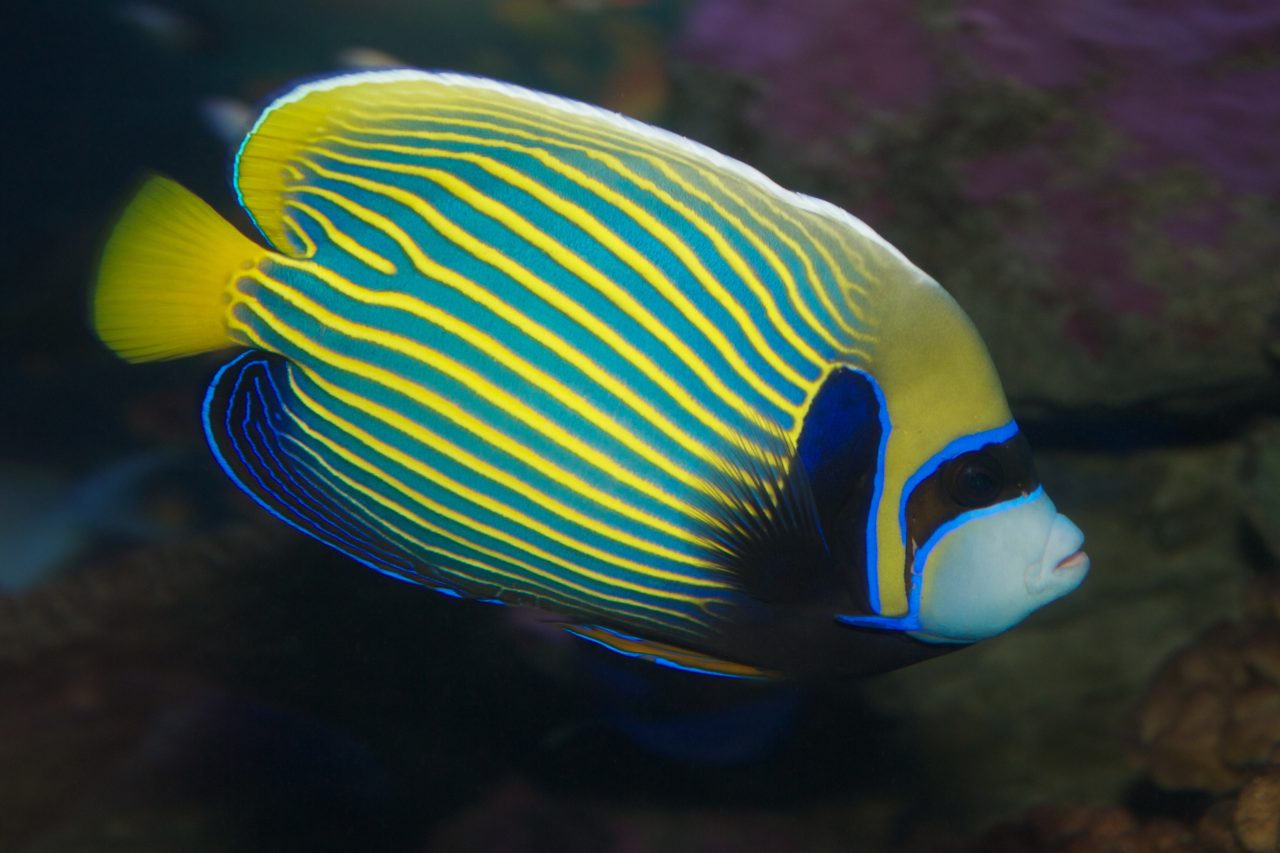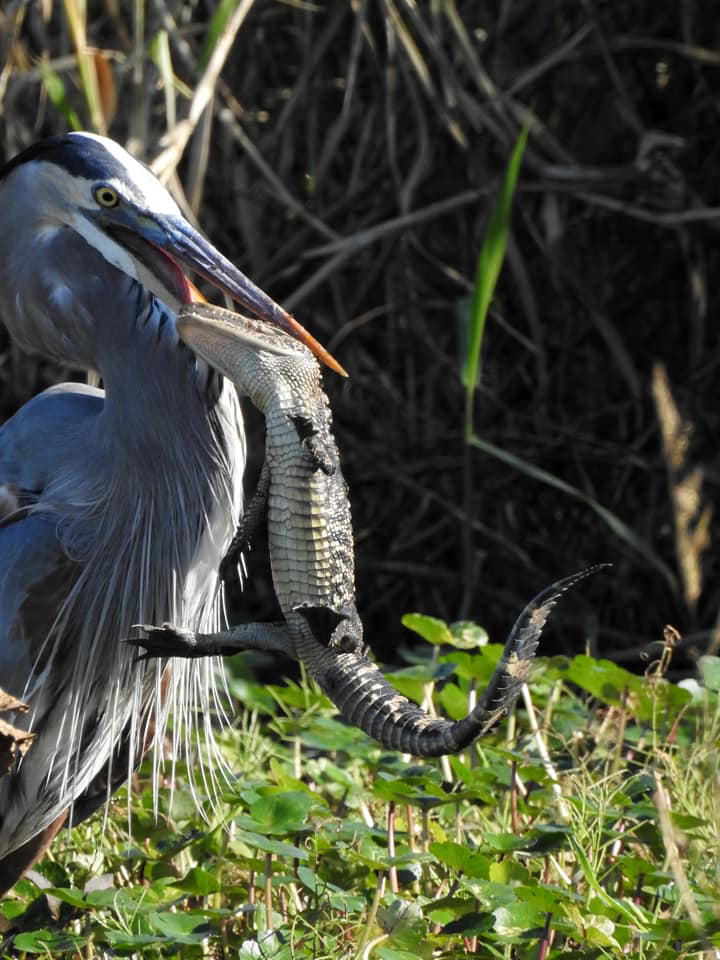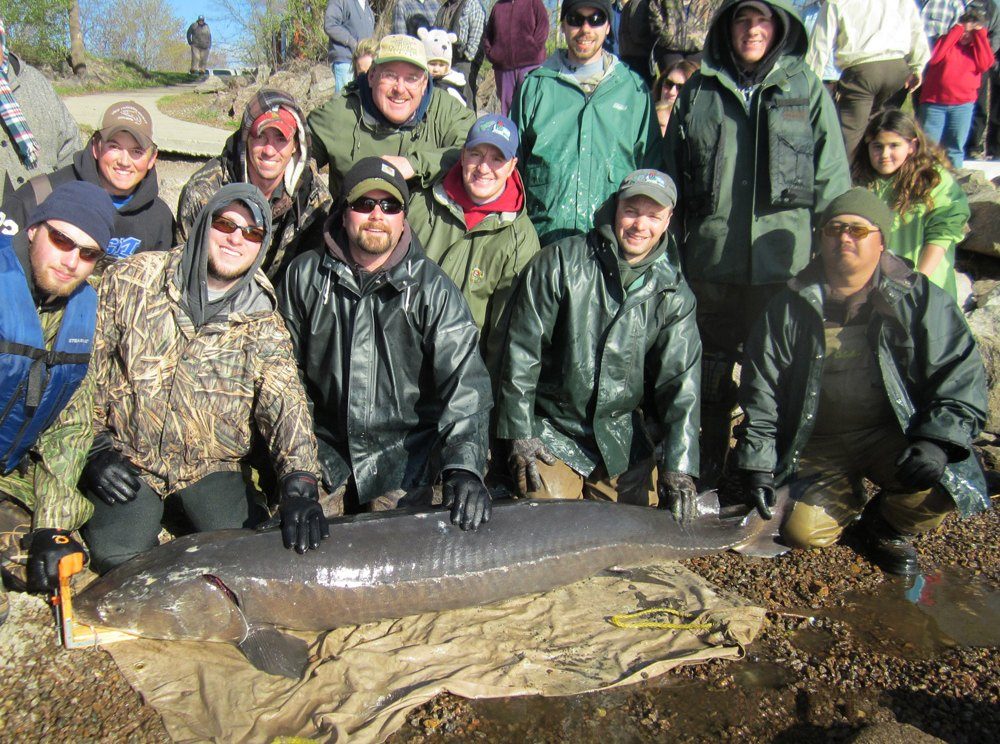While icebergs may seem like gentle giants, they can release a devastating force during the rare occasion of them flipping over. And while undeniably, this reveals their incredibly beautiful underside, it also causes tsunamis, earthquakes, and it can even devour nearby vessels.
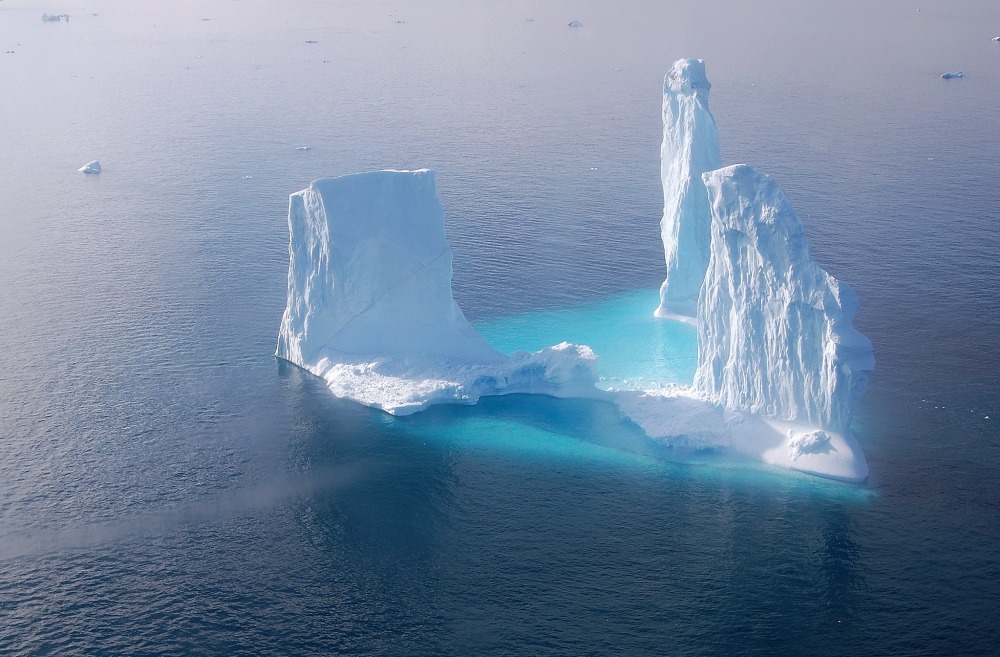
But what does exactly make these towering mountains of ice flip over in the first place? To understand this process, we have to know what icebergs are exactly.
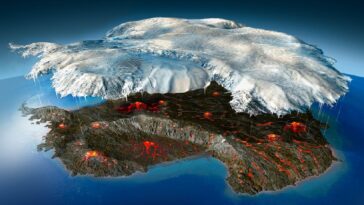
The picture was taken an hour after this iceberg has flipped. Image credits: Chris Feichtner
According to the National Oceanic and Atmospheric Administration, an iceberg is a huge piece of ice, that’s broken off from a glacier or shelf ice and is floating in open water. And although they float in the salty ocean, icebergs are formed from snowfall and are actually made of freshwater. However, there are certain parameters they have to fulfill, in order to be classified as an iceberg.
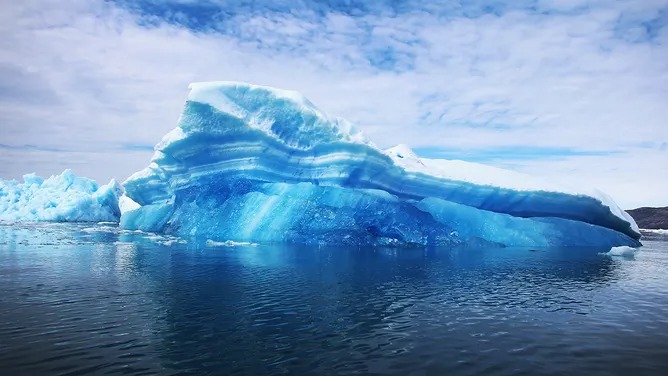
The tops of icebergs must be more than 16 feet above sea level and their thickness needs to be 98-164 feet, and they also must cover an area of at least 5,382 square feet. Anything that’s smaller than that is called a “bergy bit” or “growler.” Bergy bits are usually medium to large fragments of ice, with the top being at least 3 feet above sea level, and they should normally fill an area of around 1076-3,229 square feet. Anything smaller than that is a growler. They’re usually the size of a car or a bus.
 Icebergs are generally submerged underwater and the tips you see floating are barely 10% of their total mass. Image credits: Greenland Travel
Icebergs are generally submerged underwater and the tips you see floating are barely 10% of their total mass. Image credits: Greenland Travel
Since most of an iceberg’s mass is underwater, it’s extremely stable, as gravity keeps its larger part beneath the water. It is not likely that icebergs will flip once they’re in this stage. Therefore, the chance of an iceberg flipping is the highest when they are formed.
Imagine when you try to push a rubber duck or a plastic toy underwater and how they will return to the same position on the surface of the water once they are released. Gravity will find the most stable position for these objects, and the exact same force makes an iceberg flip as well. When an iceberg breaks away from the glacier and tumbles into the water, its irregular shape makes it very unstable, and with the help of gravity, it will seek to push most of its weight beneath the surface, making it float in a firm position.
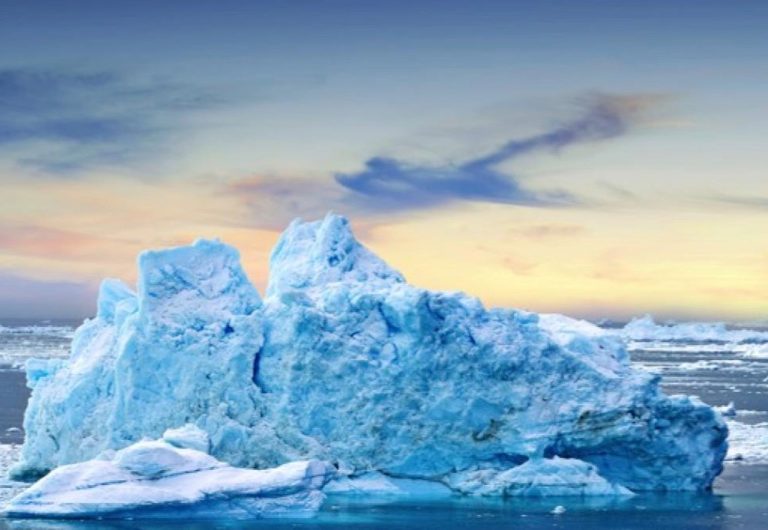
In the following video, you can see how this exactly looks like. It shows an iceberg capsizing and then settling in one position after it pushes most of its weight below. The video was made on Lake Jökulsárlón in Iceland. The lake is notorious for its icebergs that separate from the glacier Breiðamerkurjökull.
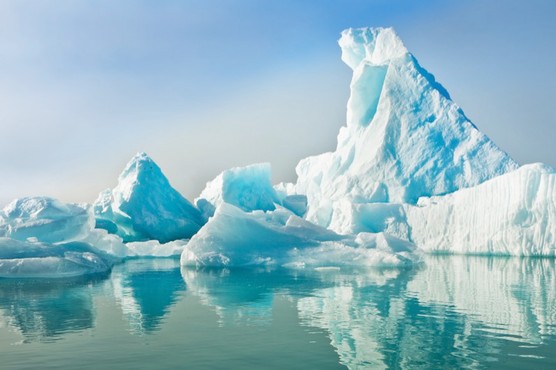
An amazing sight to witness, but it can also be very dangerous. While smaller icebergs may not pose any danger, large ones can trigger tsunamis or even earthquakes, and there are plenty of them out there.
The biggest iceberg in the world (as of now) is Iceberg A-76, an enormous iceberg that has broken off from the Ronne Ice Shelf, in Antarctica. It is around 4320-kilometer square meters, only slightly larger than the Spanish island of Majorca. Just thinking about how much force a huge object like that can generate is scary by itself.
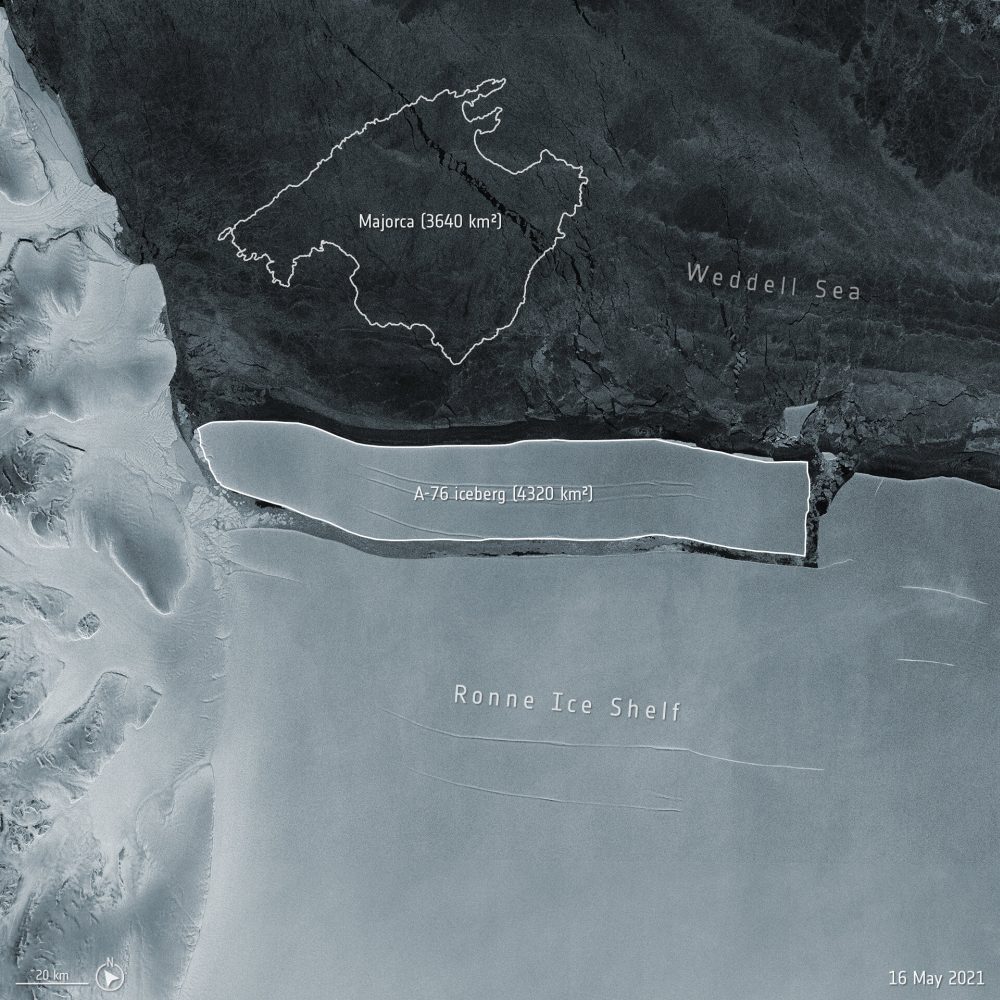
Iceberg A-76 is the largest iceberg in the world. Image credits: The European Space Agency
Through experiments at the University of Chicago, scientists have calculated that capsizing icebergs can release as much energy as some of the most destructive events on the planet, easily as much as an atomic bomb. Flipping icebergs can trigger tsunamis, and if these occur close enough to the mainland or some other solid surface, it may shake the ground hard enough to be detected as an earthquake.
The scientists have made a miniature version of what an iceberg flip looks like. You can clearly see how quickly gravity pushes down the vast majority of the model iceberg into the water. It wildly stirs the water and sends out a wave. Now, picture how it would look like with real-life icebergs.
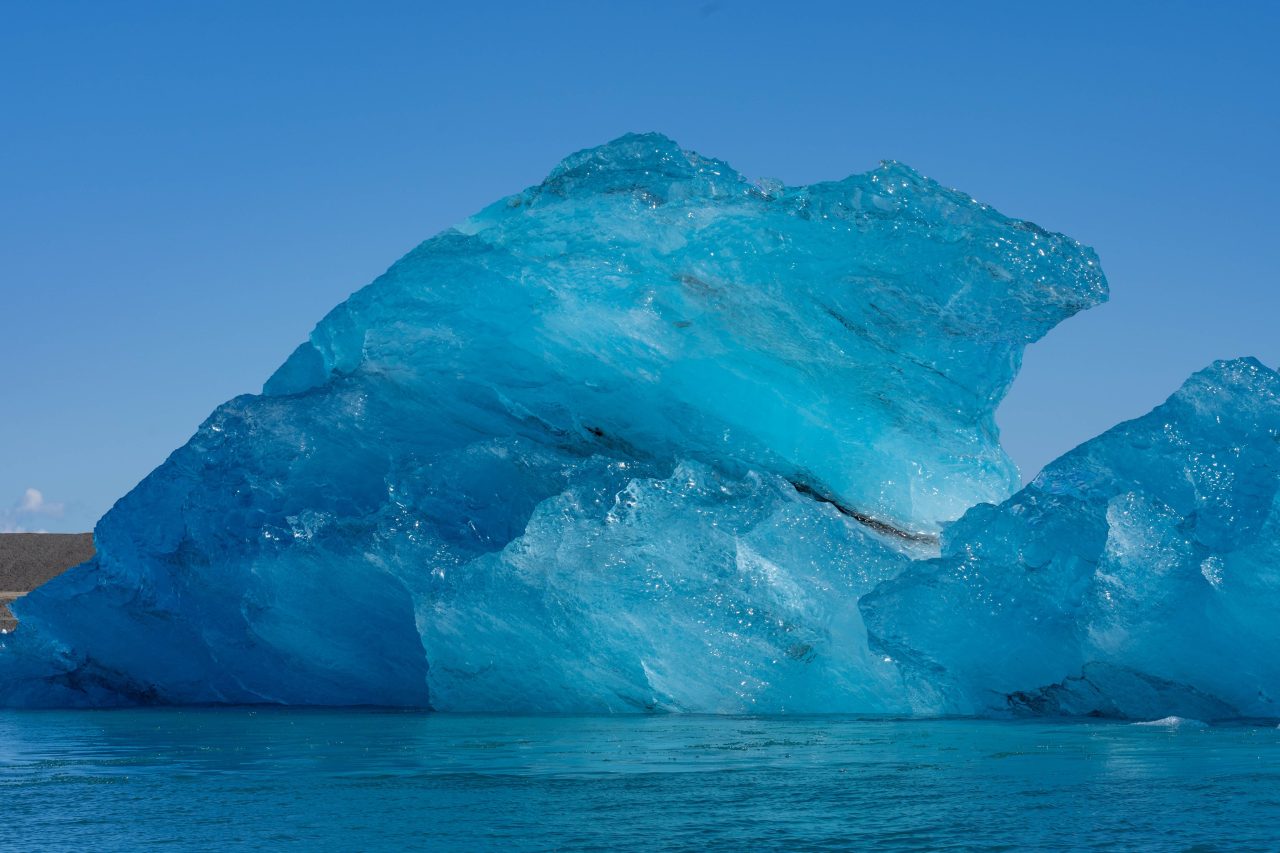
Icebergs aren’t only dangerous when they flip though; just think about the tragedy of the Titanic. In 1912, an underwater part of an iceberg scraped along the side of the British ocean liner for about seven seconds, ultimately sinking the ship in the treacherous Iceberg Alley.
To prevent accidents caused by icebergs, the International Ice Patrol was established. They locate and track icebergs, also warning ships about the dangers.
Sources: 1, 2, 3, 4




